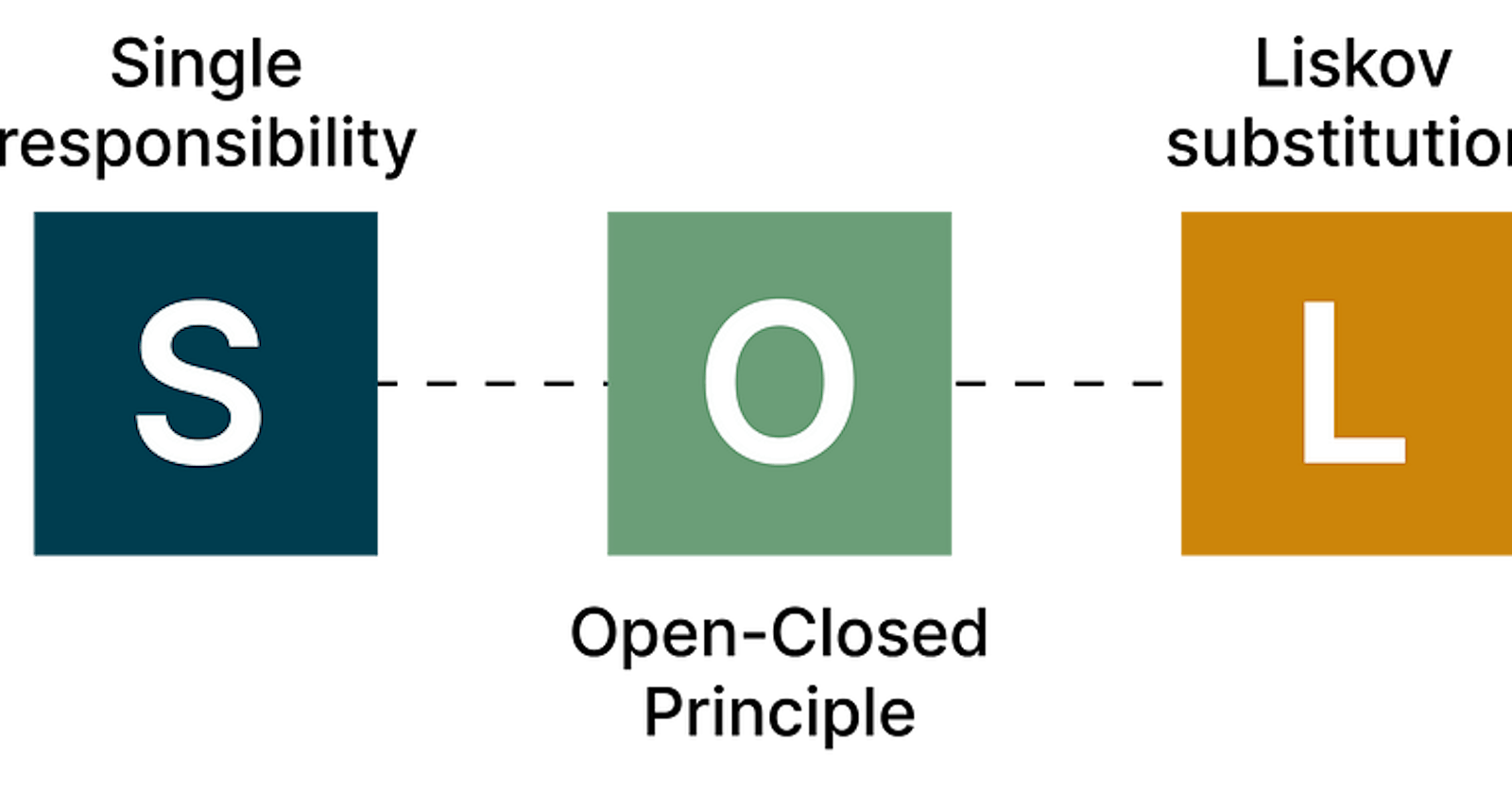SOLID series:
Part 1: Single Responsibility Principle
Part 2: Open-closed Principle <- You are here ~~
Part 3: Liskov Substitution Principle
Part 4: Interface Segregation Principle
Part 5: Dependency Inversion Principle
1. What is Open-Closed Principle?
The Open-Closed Principle is one of the five SOLID principles of software design that emphasizes the importance of designing software modules that are open for extension but closed for modification. In this article, we will explore the Open-Closed Principle in the context of Go programming and provide an example to illustrate its implementation.
The Open-Closed Principle states that software entities (classes, modules, functions) should be open for extension, allowing new behavior to be added, but closed for modification, meaning that existing code should not be modified to accommodate changes. This principle promotes code maintainability, reusability, and the minimization of unintended side effects.
2. Open-Closed Principle example
To apply the Open-Closed Principle effectively in Go, consider the following steps:
Identify Areas of Variation: Identify the aspects of your codebase that are likely to change or require extension in the future. These could be new functionalities, different algorithms, or variations in behavior based on specific conditions or requirements. Understanding these areas of potential change is crucial for designing code that is open for extension.
Encapsulate Variation with Interfaces: In Go, interfaces play a significant role in achieving the Open-Closed Principle. Define interfaces that represent the behavior or capabilities that your code should provide. By coding to interfaces rather than concrete implementations, you decouple the code from specific implementations and make it easier to extend and modify behavior without changing existing code.
Use Composition and Dependency Injection: Leverage composition and dependency injection to introduce new behavior or variations without modifying existing code. Instead of modifying existing classes or functions, new behavior can be injected through interfaces or composed using existing components. This allows for flexible behavior modification while keeping existing code intact.
Implement Behavior Through Interfaces: Implementations of interfaces represent the specific behaviors or variations that your code should exhibit. By defining different implementations of the same interface, you can introduce new behavior without modifying existing code. This approach allows for easy extensibility and reusability, as new implementations can be added without impacting the existing codebase.
Here's an example to illustrate the Open-Closed Principle in Go:
Before applying the Open-Closed Principle:
package main
import "fmt"
type Payment struct {
Type string
Account string
Amount float64
}
func ProcessPayment(payment Payment) {
switch payment.Type {
case "CreditCard":
// Process credit card payment
fmt.Printf("Processing credit card payment of $%.2f from %s\n", payment.Amount, payment.Account)
// Perform credit card payment specific logic
case "BankTransfer":
// Process bank transfer payment
fmt.Printf("Processing bank transfer payment of $%.2f from %s\n", payment.Amount, payment.Account)
// Perform bank transfer specific logic
default:
fmt.Println("Invalid payment type")
}
}
func main() {
payment1 := Payment{Type: "CreditCard", Account: "123456789", Amount: 100.0}
ProcessPayment(payment1)
payment2 := Payment{Type: "BankTransfer", Account: "987654321", Amount: 200.0}
ProcessPayment(payment2)
payment3 := Payment{Type: "Bitcoin", Account: "BTC123456", Amount: 50.0}
ProcessPayment(payment3)
}
In the above example, the ProcessPayment() function has a switch statement that checks the payment type and performs different logic based on the payment type. This violates the Open-Closed Principle because if a new payment type is introduced, the ProcessPayment() function needs to be modified to handle the new type.
After applying the Open-Closed Principle:
package main
import "fmt"
type Payment interface {
Process()
}
type CreditCardPayment struct {
Account string
Amount float64
}
func (ccp CreditCardPayment) Process() {
fmt.Printf("Processing credit card payment of $%.2f from %s\n", ccp.Amount, ccp.Account)
// Perform credit card payment specific logic
}
type BankTransferPayment struct {
Account string
Amount float64
}
func (btp BankTransferPayment) Process() {
fmt.Printf("Processing bank transfer payment of $%.2f from %s\n", btp.Amount, btp.Account)
// Perform bank transfer specific logic
}
type PaymentProcessor struct {
}
func (pp PaymentProcessor) ProcessPayment(payment Payment) {
payment.Process()
}
func main() {
paymentProcessor := PaymentProcessor{}
creditCardPayment := CreditCardPayment{Account: "123456789", Amount: 100.0}
paymentProcessor.ProcessPayment(creditCardPayment)
bankTransferPayment := BankTransferPayment{Account: "987654321", Amount: 200.0}
paymentProcessor.ProcessPayment(bankTransferPayment)
}
In the refactored code, we have introduced the Payment interface, which defines the Process() method. The CreditCardPayment and BankTransferPayment structs implement the Payment interface by providing their respective Process() methods.
The PaymentProcessor struct and its ProcessPayment() method handle the processing of payments by accepting any type that satisfies the Payment interface. This allows the code to be open for extension, as new payment types can be added by implementing the Payment interface without modifying the existing code.
By applying the Open-Closed Principle, we have decoupled the payment processing logic from the specific payment types. The PaymentProcessor class can process any payment type that implements the Payment interface, allowing for easy extension and scalability without modifying existing code.
3. Conclusion
By embracing the Open-Closed Principle, we create software that is more maintainable, reusable, scalable, testable, and collaborative. It promotes modular design, reduces the risk of introducing bugs, and allows for easy adaptation to changing requirements.
Applying the Open-Closed Principle, along with other SOLID principles and design patterns, leads to well-designed, robust, and flexible codebases.
